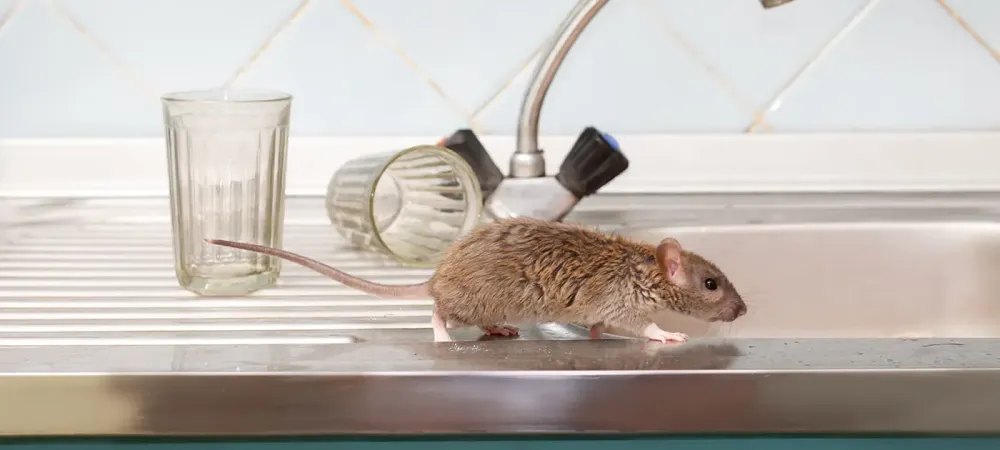
Why Rodents Invade Homes in the Fall
When Do Mice and Rats Typically Enter Homes in South Dakota?
As temperatures begin to drop in South Dakota, rodents like mice and rats start looking for reliable food, warmth, and shelter. Fall is the peak time for infestations because these pests need to secure safe nesting areas before winter sets in. Once inside, they often settle in basements, attics, wall voids, and kitchens—anywhere they can stay hidden while remaining close to food sources.
Why Rodents Target Upper Midwest Homes During Fall
Homes across the Upper Midwest provide rodents with everything they need to survive the colder months. Older housing stock, gaps in foundations, and utility line entry points make it easier for them to get inside. Agricultural surroundings and nearby fields also contribute to larger rodent populations that move into residential areas when crops are harvested and outdoor food sources disappear. The combination of regional climate shifts and structural access points makes fall the most active time for rodent intrusions.
Signs of Rodent Infestation You Shouldn’t Ignore
Catching infestations early is key to minimizing damage. Common signs of mice or rats include:
- Small droppings, often concentrated in corners, along baseboards, or near food storage areas
- Gnaw marks on wood, plastic, or food packaging
- Scratching or scurrying noises, especially at night in walls or ceilings
- Nests made of shredded paper, fabric, or insulation
- Grease marks along walls where rodents follow the same travel paths
Health Dangers and Property Damage Caused by Rodents
Rodents pose both health and structural risks for homeowners. They can spread diseases such as hantavirus, salmonella, and leptospirosis through droppings, urine, or contaminated surfaces. Their constant gnawing behavior also makes them destructive—chewing wires, damaging insulation, and weakening structural materials. Electrical damage caused by rodents is a leading source of house fires in the U.S., underscoring the importance of addressing infestations quickly.
Fall Rodent Prevention Tips for Homes in South Dakota
Homeowners can take proactive steps to reduce rodent activity before problems escalate by making their houses less inviting to pests, addressing food and water sources, and securing common entry points. These simple measures can go a long way in preventing infestations before they begin:
- Keep food in sealed containers and clean up crumbs promptly
- Store pet food and bird seed in airtight bins
- Reduce clutter inside and outside to eliminate hiding spots
- Trim back shrubs and trees that touch the home’s exterior
- Keep trash cans tightly sealed and positioned away from entry points
How to Seal Your Home Against Fall Rodent Entry Points
Exclusion is one of the most effective ways to stop rodents from getting inside. Inspect your home for gaps or cracks as small as a quarter inch and seal them with steel wool or caulk. Pay special attention to areas around utility lines, dryer vents, and foundation openings. Ensure exterior doors have weatherstripping and door sweeps in place. Keeping mulch and firewood away from the foundation also reduces harborage opportunities near the home.
When to Call a Pest Control Pro for Rodent Removal
DIY efforts can help reduce risk, but professional intervention is often necessary once rodents are established. If you notice repeated sightings, significant droppings, or hear activity in multiple areas of the home, it’s time to call for expert help. Our rodent control professionals use targeted treatments, advanced exclusion methods, and monitoring systems to eliminate infestations and prevent them from returning. Contact our team to learn more and get started on your service!
